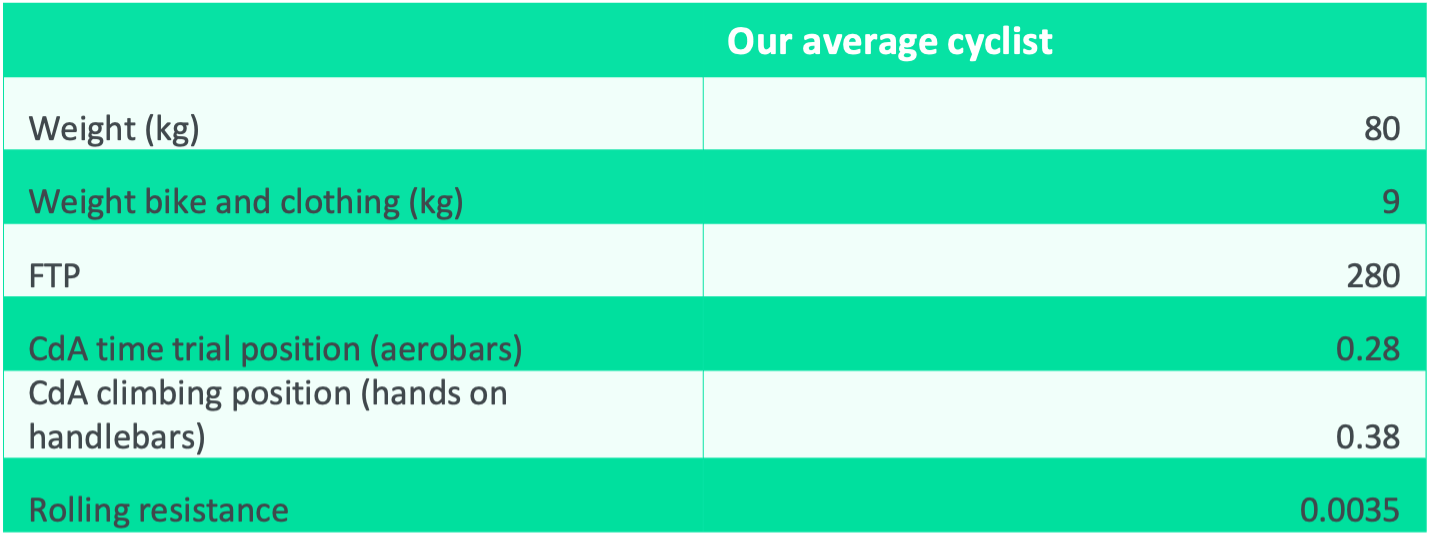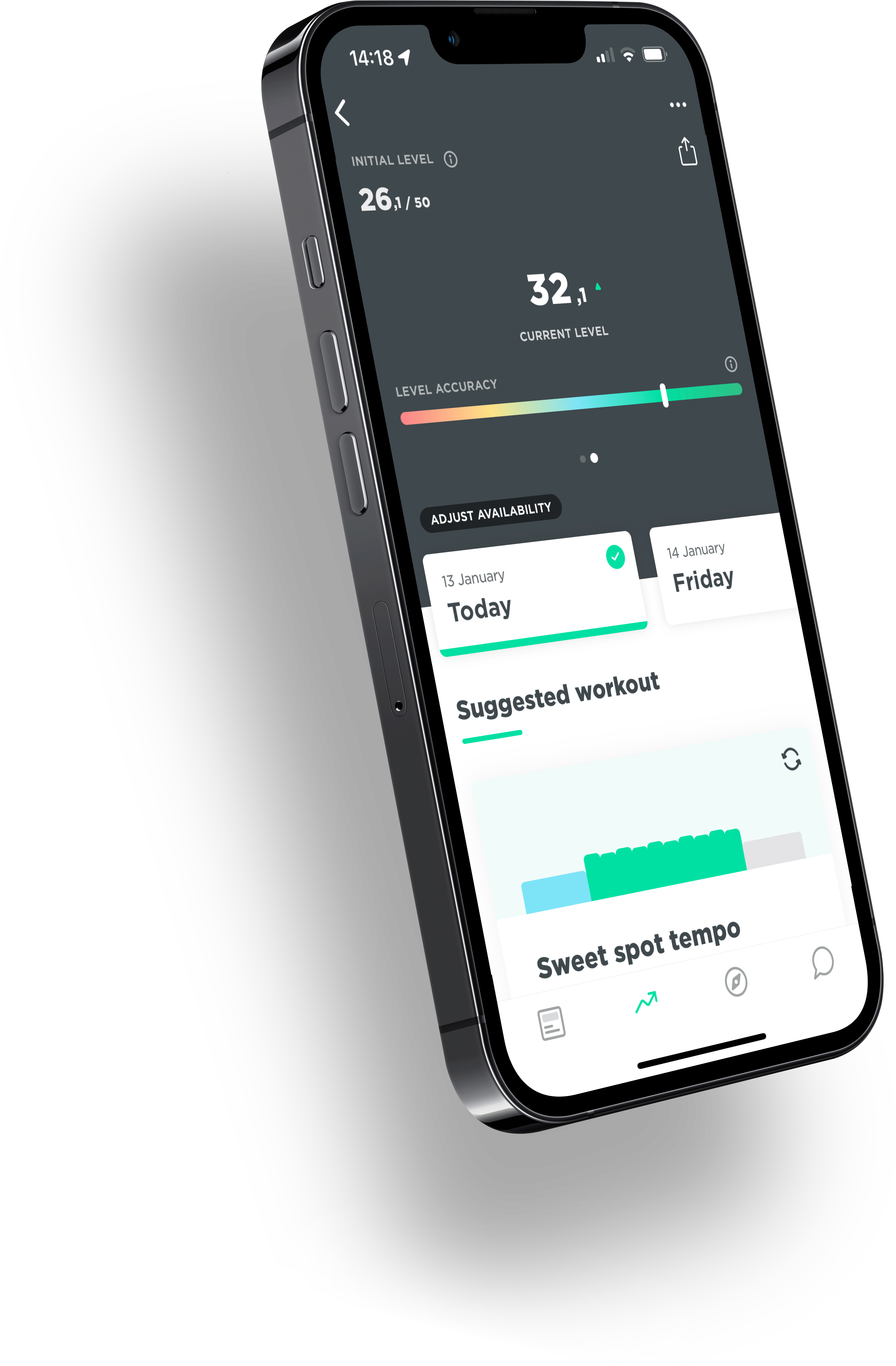Every cyclist who wants to improve is looking for shortcuts: things that cost little effort or money but do bring an improvement in performance. In its heyday, Team Sky even had the term ‘marginal gains’ for it. The term was not new, but their aim was to emphasize a focus on details. One of the often-cited examples was a bike computer that connected seamlessly to the handlebars, so that there was no aerodynamic disadvantage. The assumption was that many small improvements could make a big difference. That sounds plausible, of course, but the biggest advantage of this way of working was that it led to a culture in which everything was questioned, researched, and improved.
Factors that improve performance.
Ultimately, you can’t ignore the fact that nutrition on and off the bike in combination with training gives by far the most progress. However, there are factors that can improve performance. We gain insight into this if we disregard nutrition and training. Which things are there to improve performance and to what extent do they contribute exactly? The answer to this can be summarized in five categories:
- Equipment: Investing in a light and stiff bike that is well tuned to your body can significantly improve performance. Aerodynamic equipment, lightweight components and tires with low rolling resistance can further improve speed and efficiency.
- Bicycle maintenance: Regular maintenance of your bicycle, keeping it clean and well lubricated, and making sure that all parts are in good working order, will help you optimize its performance.
- Technique and skills: Developing good cycling technique and sharpening essential skills that improve your cornering skills and how to climb and descend well can lead to better performance. For example, consider joining a cycling group to (further) develop these techniques.
- Aerodynamics: Reducing drag can make a remarkable difference in cycling performance. Especially the posture on the bike makes the biggest difference. Only after that it’s about the bicycle, clothing, or your helmet.
- Mental preparation: Mental factors such as focus, motivation and strategy play a crucial role in cycling performance. Think of visualizations and positive self-talk to increase mental resilience and further optimize performance during competitions or challenging rides.
- Rest and recovery: adequate rest and recovery are vital to maximize your gains from training. Allow plenty of time for rest, sleep, and consider active recovery techniques to promote muscle recovery (such as foam rolling or light stretching).
Best marginal gains
Now what if we make these options even more concrete and look at things that you can buy and for which you don’t need to put effort in? In that case, a better cycling position or improvement of mental preparation and cycling technique are irrelevant, and we only look at better material. So, what are the best marginal gains that money can buy?
Because we exclude that the condition improves, the improvements of these materials only affect lower air resistance, lower rolling resistance or slope resistance and no higher power is delivered. The extent to which performance improves depends on the type of goal. It makes a big difference whether the goal is a 40-kilometer time trial on the flat or a 13.8-kilometer Alpine col like the Alpe d’Huez. The level, weight and stature of the cyclist are also decisive. A better cyclist, for example, cycles more power and simply benefits more from aerodynamic improvements, because the air resistance increases quadratically at a higher speed. Therefore, we cannot avoid cutting some corners and assume an average cyclist with an average stature and condition. With that cyclist we cycle in beautiful windless conditions with 20 degrees at sea level.

Now, our cyclist barely needs an hour for the time trial and it takes just over an hour to climb the Alpe d’Huez.

Of course, we’d also like to see the marginal gains (improvements) put in perspective with costs per each intervention.

In the table above, it is mainly the aerodynamic wheels that make a significant difference in time trialing. The other minimal differences are, of course, also very interesting for a top cyclist in the professional peloton. In addition, it is striking that aerodynamic improvements do not pay off uphill, at least not for the amateur. An aerodynamically closed helmet also causes heat build-up and therefore most likely has a negative effect compared to the negligible positive aerodynamic effect. When the speeds are higher uphill, the proportions within the pro peloton are slightly different, but there too, lightweight, and ventilating material is chosen for a mountain stage.
Marginal gains add up to a big difference.
Treating all marginal gains separately is, incidentally, not entirely fair. The idea of marginal gains is precisely that they add up to a big difference. If we were to optimize this for all the improvements in the table, we would arrive at 500 grams of extra weight, a CdA of 0.248, a rolling resistance of 0.003 and a drive train efficiency of 97%. In doing aerodynamic tests on the track or in the wind tunnel, these are very realistic gains that can be made. In the climbing position we only go for the aero socks for the morale in terms of aerodynamics and especially for the lighter bike in combination with the lower rolling resistance and drive train.

If you add everything together, you can see quite a significant improvement. The question is whether it is worth the cost. This package will cost you a whopping € 2,493 per percent improvement for the time trial set-up and € 4,515 per percent for the climbing package. Although all these factors can contribute to a certain extent of performance improvement, training and nutrition remain the most important factors for progress on the bike. It is therefore important to prioritize consistent training, a balanced diet, and the right nutritional strategies for optimal results. As a satisfied JOIN user recently told us: “In 9 months my FTP has increased from 153 Watts to 340 Watts”. So, to become more than twice as good for only € 90 euros seems to be a great bang for your buck.
Improve your FTP
To round up, let’s assume a very realistic scenario. If our cyclist improves his FTP with JOIN by 15% in half a year, then his FTP is not 280 Watt but 322 Watt. What does that mean in the original set-up for the time trial and climb times?

Physiological improvements vs Marginal gains
These physiological improvements easily beat the marginal gains. Interestingly, this difference is much greater in the mountains than on the time trial bike. Converted to costs, we are talking about only € 11.30 per percent improvement in the time trial and just even € 4.60 on the Alpe d’Huez. The conclusion can therefore be guessed: nutrition and training provide a much greater improvement, which also means that a combination of the two is a great option!


